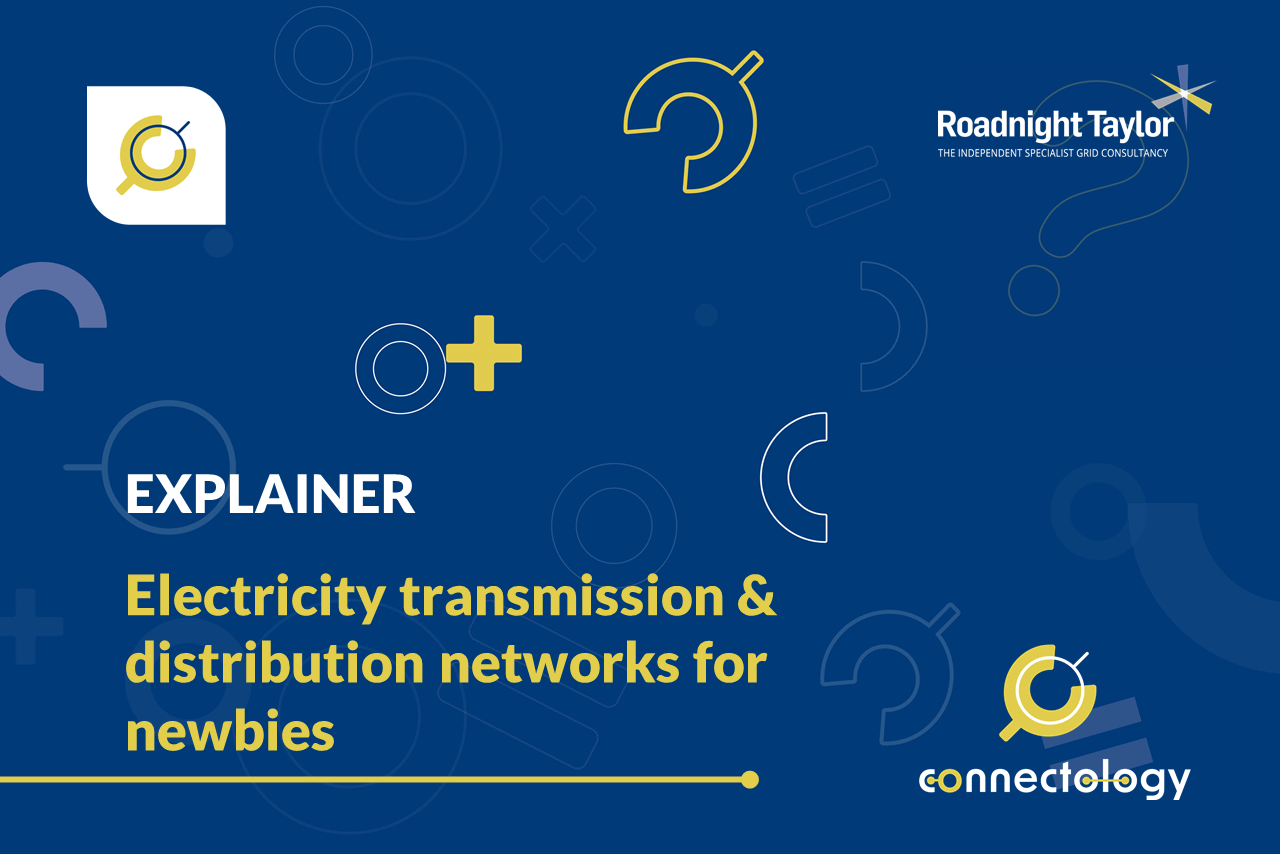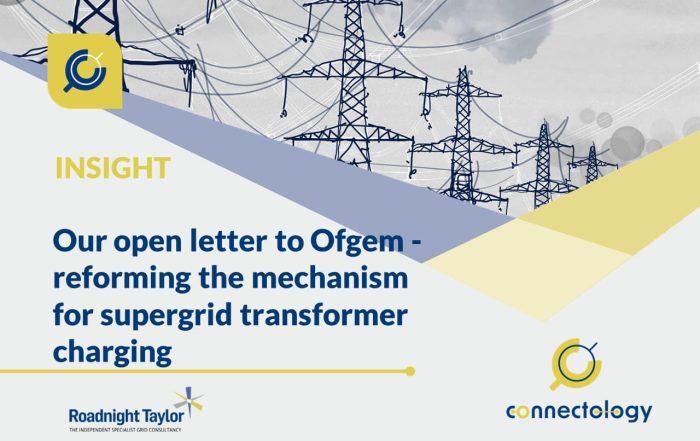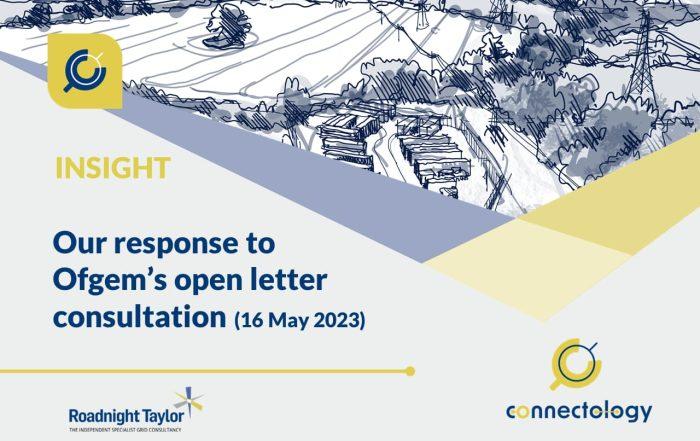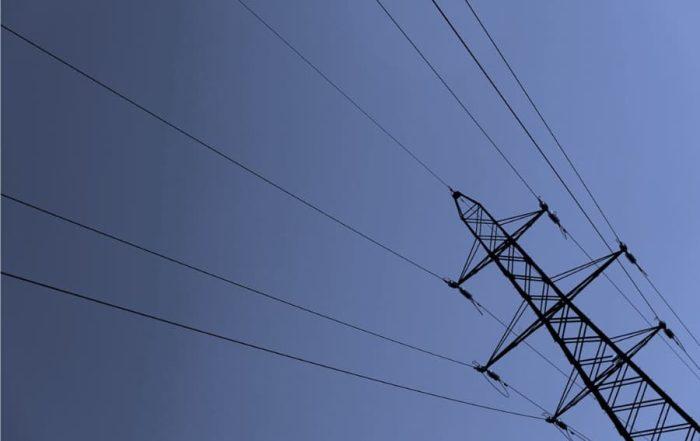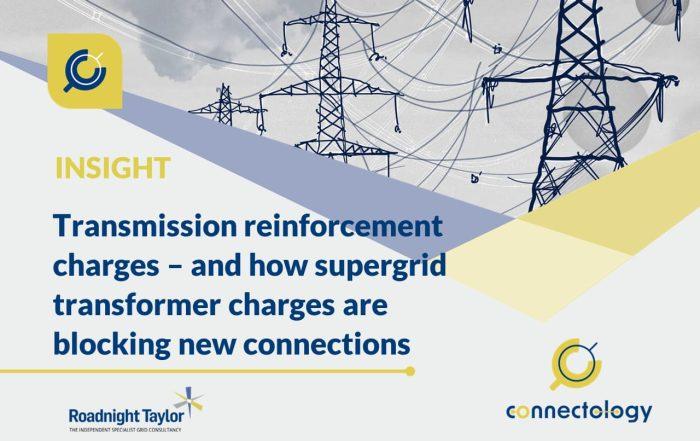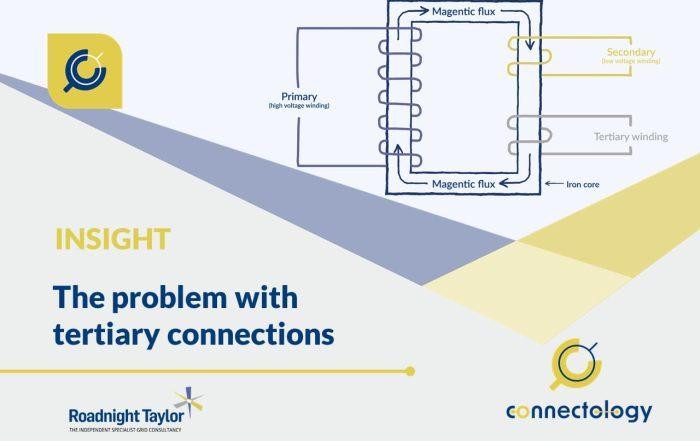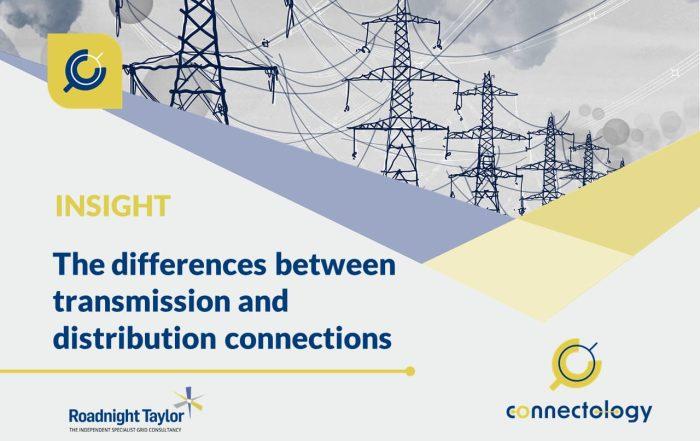Electricity transmission and distribution networks for newbies
The electricity transmission and distribution networks, and the terms attached to them, can be confusing for those new to renewable energy schemes. A connection to one of these networks is needed before any scheme can begin. Here we explain the basics of these networks in as simple terms as possible.
Article by Pete Aston – acknowledged expert in networks
Pete joined Roadnight Taylor from Western Power Distribution, the UK’s largest DNO, where he was Primary System Design Manager. He led a team of sixty responsible for all connections and reinforcement of the extra high voltage network and oversight of the roll out of active network management across all four of WPD’s licence areas.
First written: 14 February, 2022. Last review: 21 May, 2025
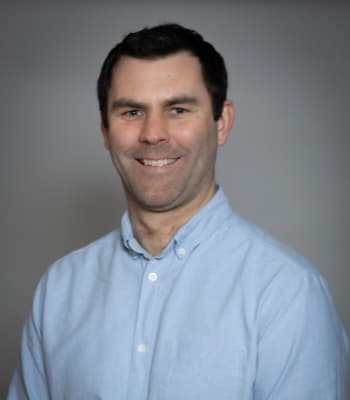
Electricity distribution networks can sometimes look like a spider’s web – a tangle of confusing lines! But just like a spider’s web, when you look closer there is design and order. A spider’s web has strands of silk (lines) which connect at various points (junctions). A few larger strands form a framework on a nearby tree or bush; other strands run from the centre of the web to the outside like a sub-frame, or like spokes on a wheel; and still other strands connect the spokes together in a spiral running from the centre to the outside.
Circuits, lines and substations
Electricity networks also have an arrangement of lines and junctions. In electricity grids, the lines are called circuits and the junctions are called substations. The circuits connect one substation to another and can either be overhead lines (on wood poles or steel towers / pylons) or underground cables.
Transmission and distribution networks
The largest of the circuits and substations are called the transmission network and are like the framework of the web. The transmission network operates at 275kV and 400kV in England and Wales, and with 132kV being most common in Scotland. These are operated by National Grid.
The intermediate size circuits and substations, like the spokes on the web, are the 33,000 volts (33kV), 66,000 volts (66kV) and 132,000 volts (132kV) distribution network – collectively termed Extra-High Voltage, or EHV. These are operated by the Distribution Network Operators, or DNOs.
The smaller networks, like the fine spiral of strands in the web, are the 11,000 volt (11kV), 6,600 volt (6.6kV) network. Collectively termed high-voltage, or HV these are the lower voltage circuits and substations, typically connecting into people’s homes and businesses operated by the DNOs.
Substations and circuit breakers
Voltage levels are stepped up and down at substations. Where a transmission network steps down to a distribution network, the node is known as a Grid Supply Point (GSP), and where a distribution network steps down from 132kV (typically to 33kV or 66kV) this is known as a Bulk Supply Point (BSP). The penultimate step-down from EHV to HV is at Primary Substations (PSS), and the final step from HV to LV is at Distribution Substations.
In the substations, at either end of a circuit, is a circuit breaker, similar to what you find on a distribution board in your house under the stairs or in the hallway – but just a lot bigger! The circuit breakers are there to trip off if there is a short circuit, like if someone digs through an underground cable or a tree falls on an overhead line.
These circuit breakers are controlled by complicated protection systems, which can sense when there is a short circuit and can then trip the circuit breakers. The bigger the circuit, the more complicated the system used to protect it.
Tee-offs and network complexity
Sometimes circuits are connected to other circuits without there being a substation or a circuit breaker. This is typically called a tee-off. For example, one overhead line will connect to another, by additional conductors (wires) coming off the main line onto a new pole or tower (pylon) to start a new circuit going in a different direction. The trouble is, the more tee-offs there are on a circuit, the more complicated it becomes and the more difficult it is to protect it. Hence the term ‘network complexity’.
In our next blog we help explain the differences between transmission and distribution connections, and the timescales and costs you can expect with transmission connections.
Contact us
Roadnight Taylor can help you understand your local networks, and can assess the feasibility of sites for genuine grid connection opportunities. To find out more call us on 01993 830571 or send us a message via our contact form.

